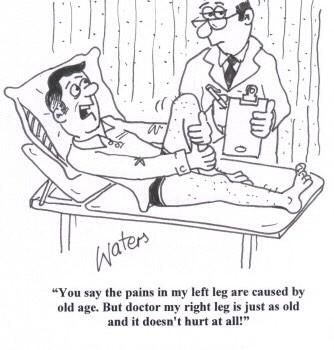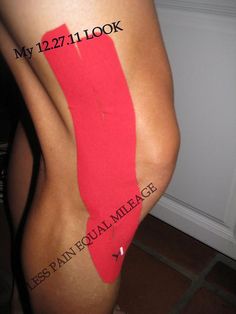
The anterior cruciate ligament, also known as the ACL, is the ligament that supports the kneecap in the posterior portion of the leg. It is located at the bottom of the patella, or at the front of the kneecap. The anterior cruciate ligament supports the joint in two different ways. It also provides for the stability of the patellar tendon, which allows for full knee movement and motion.
The acl is primarily responsible for stabilization of pivoting and rotation movements that take place in the knee. The acl is also a stabilizer for knee hyperextraction. The ACL also provides for the stabilization of the knee joint at the level of the patellar tendon. When one of these two functions are not occurring, then the acl is most susceptible to injury, strain, or detachment.
If the acl is strained, there will be an increased tendency for the patellar tendon to detach from the bone. In many instances, it is possible to diagnose the pain as coming from the ACL and the patellar tendon. It is more likely, however, that the pain will be felt in the lower quadrant or knee, particularly on the outside edge of the foot.
When the acl is torn, it is most likely that the patellar tendon will detach from the bone. This occurs when the tendon becomes pinched between the patella and the femur. This type of tear can be seen on an X-ray, but it is usually seen on the CT scan.
There are various kinds of tears involving the patellar tendon, but the most common types are caused by injury, trauma, age-related degeneration, and surgery. Although the patellar tendon is the ligament that is most often injured, it does not always have to be torn to become dislocated.
Many people experience a popping or clicking noise when the acl is strained. This may indicate a dislocation of the patellar tendon, as it may be slightly separated from the bone, although this is not always a reliable indication of a torn tendon.

The acl must be stretched properly in order to diagnose a ruptured patellar tendon.
Once the acl is stretched, the person should apply light tension until it is painful
In most cases, a torn patellar tendon will heal itself over time. However, if there is an acute tear, the person should contact a sports therapy specialist, such as a doctor, trainer, or physical therapist, in order to obtain advice about what needs to be done to recover from the tear and get back to normal activity.
In the United States, a majority of sports therapy specialists are required to complete an accredited athletic trainer training program. This program will help them to provide sound advice and instruction to athletes about sports medicine.
Sports medicine is not limited to injuries that occur in the field of physical activity. It also encompasses treatments for injuries that may be caused by repetitive motions. The most common of these is repetitive mild to moderate stretching exercises, which may be performed at home with a specially designed program.
A good sports therapy program should include the following steps. These steps will vary from individual to individual, but may include warm up exercises, cool down exercises, stretches, flexibility and stability exercises, strengthening exercises, and strengthening, and stretching exercises.
Stretching exercises should be done slowly in order to avoid causing injury. Stretching is the most important part of any rehabilitation program.
Strengthening exercises should involve strengthening and stretching the muscles of the body and the entire muscle system. A muscle's strength and flexibility are directly related to its ability to stabilize the body.